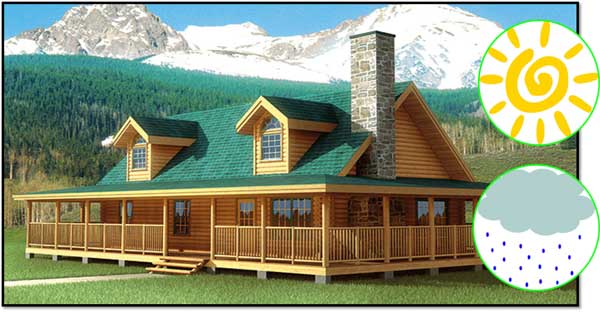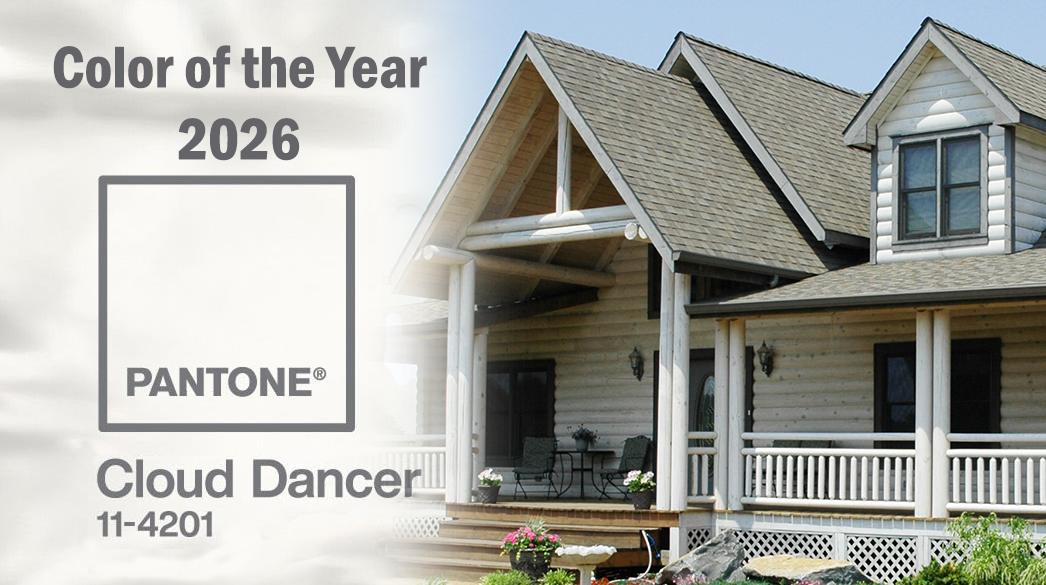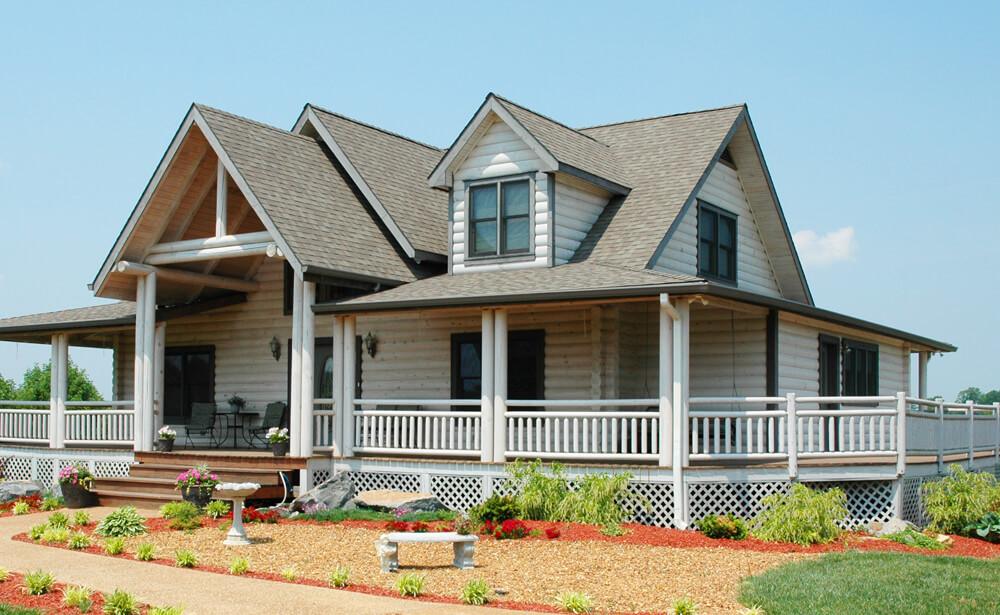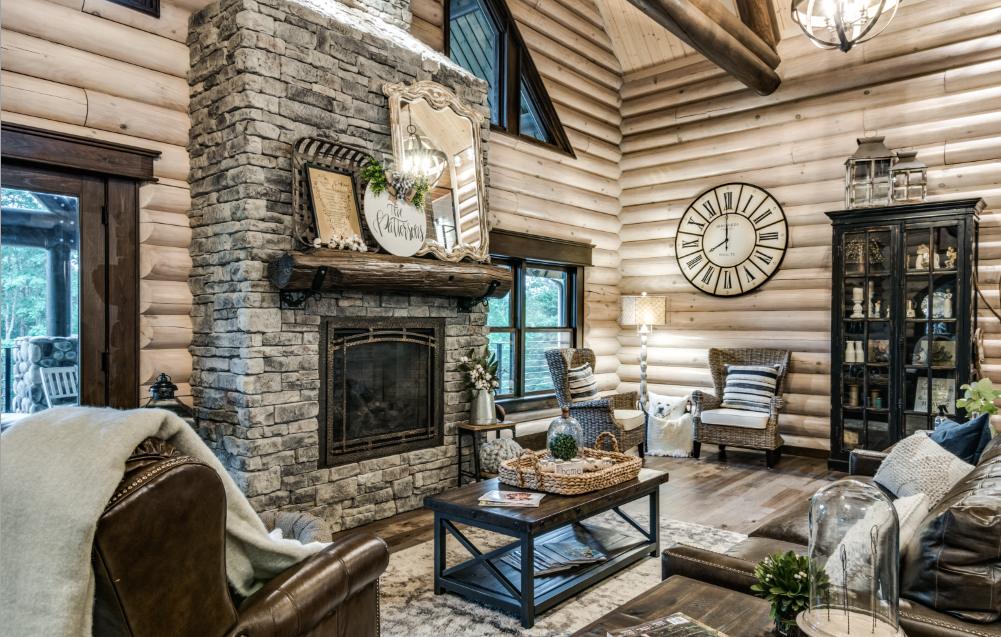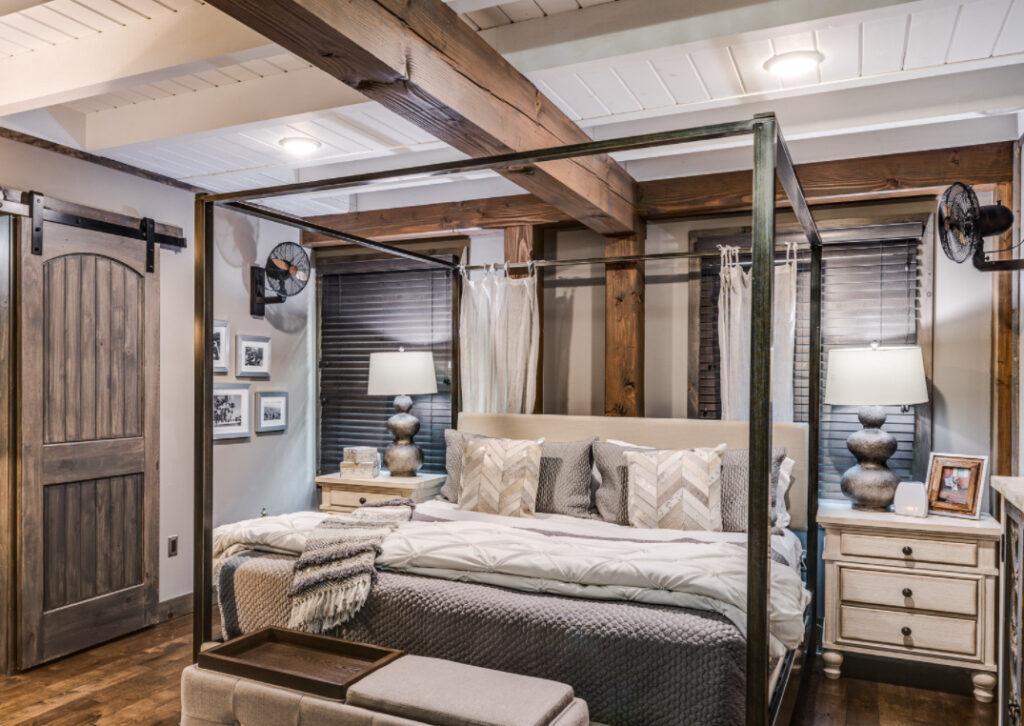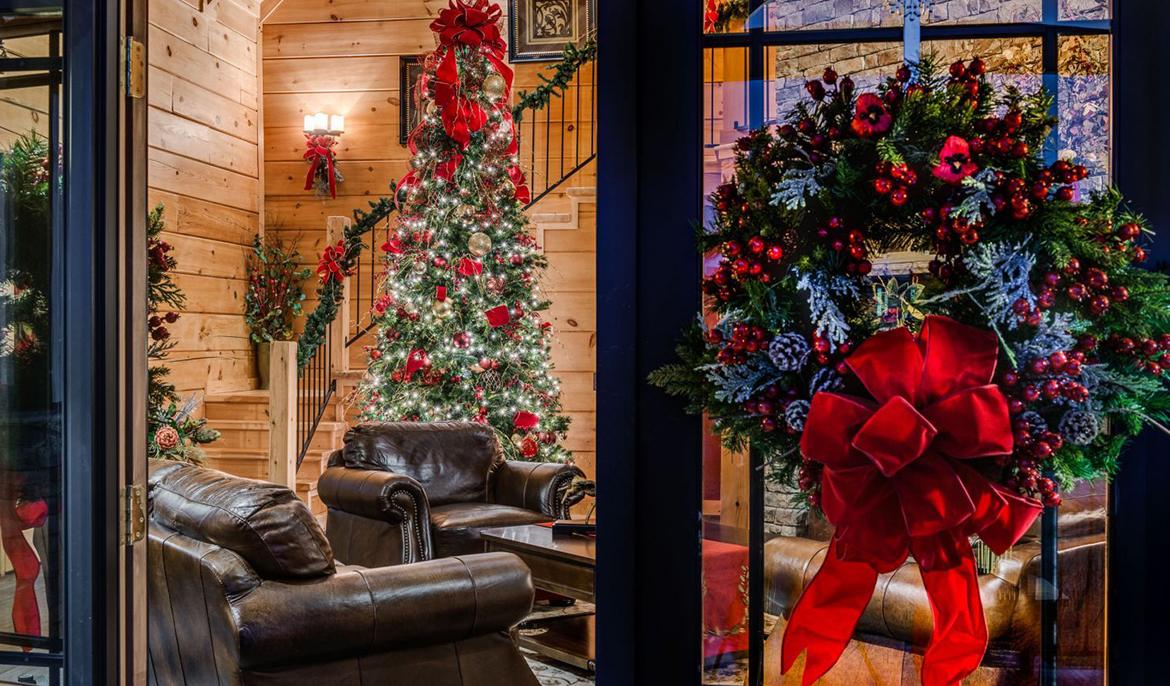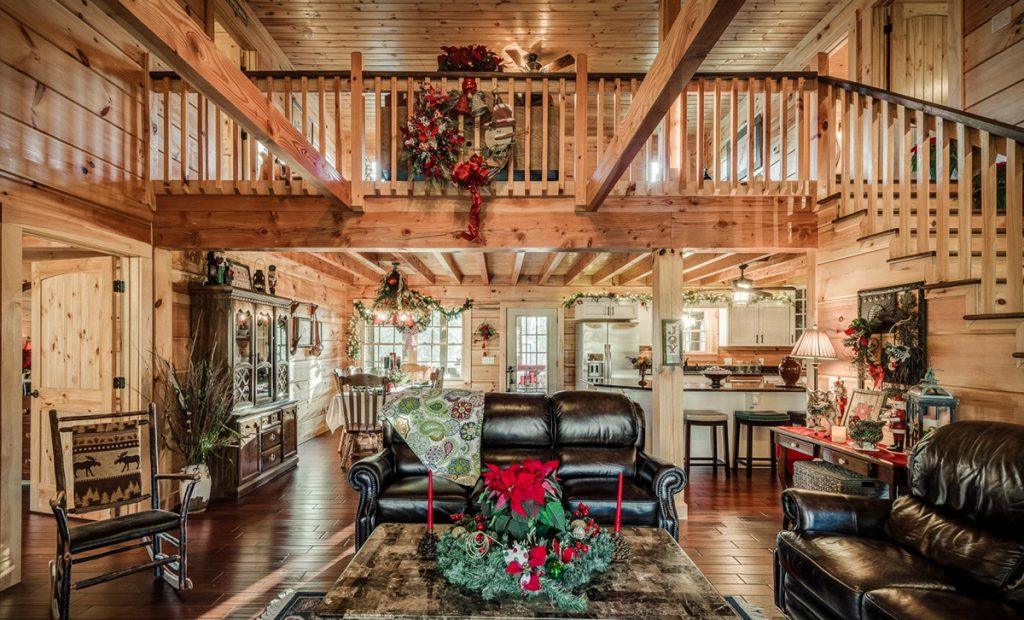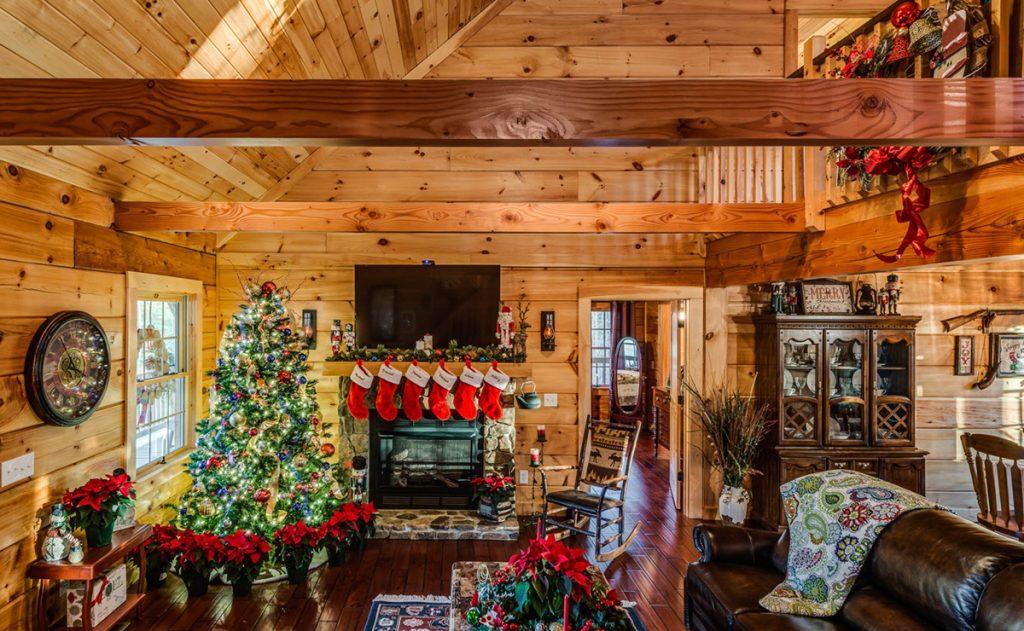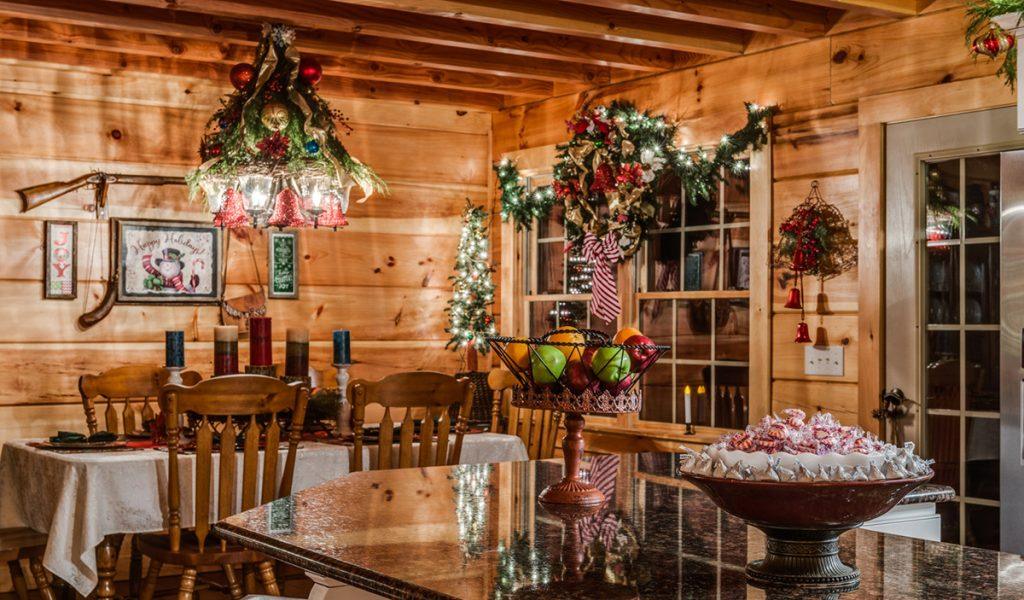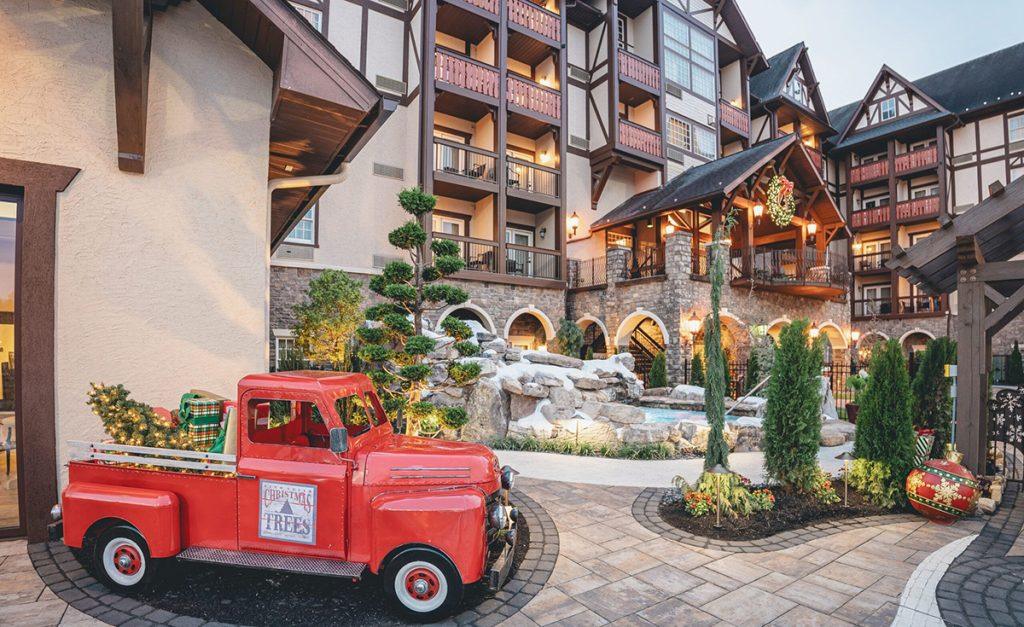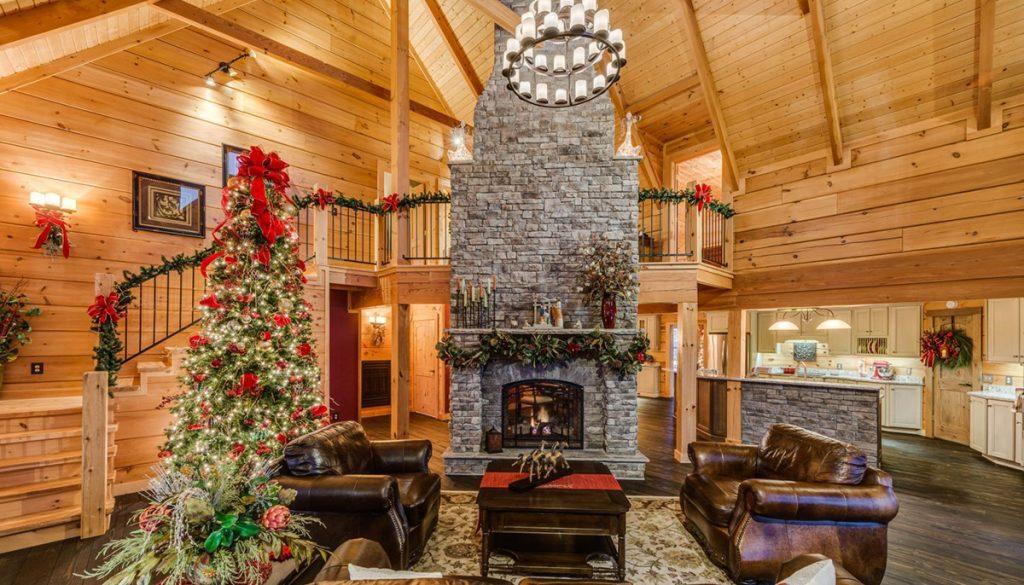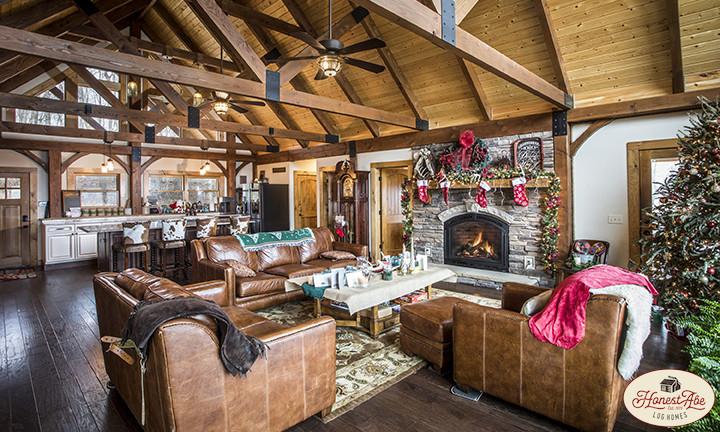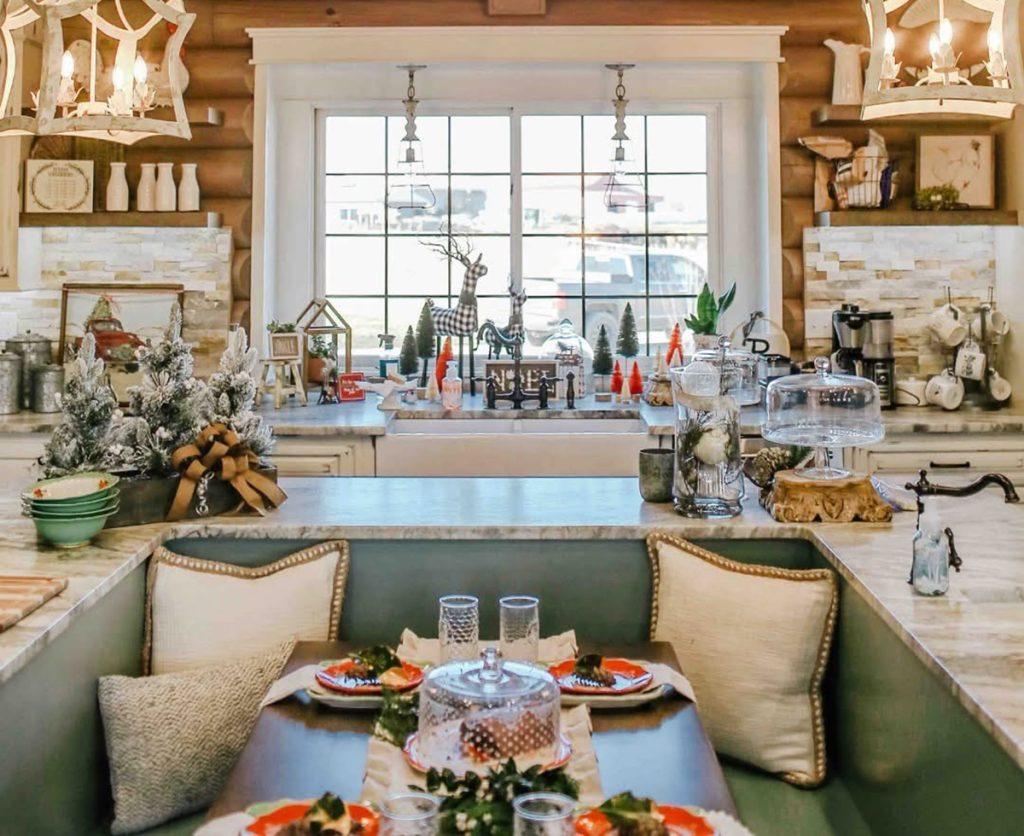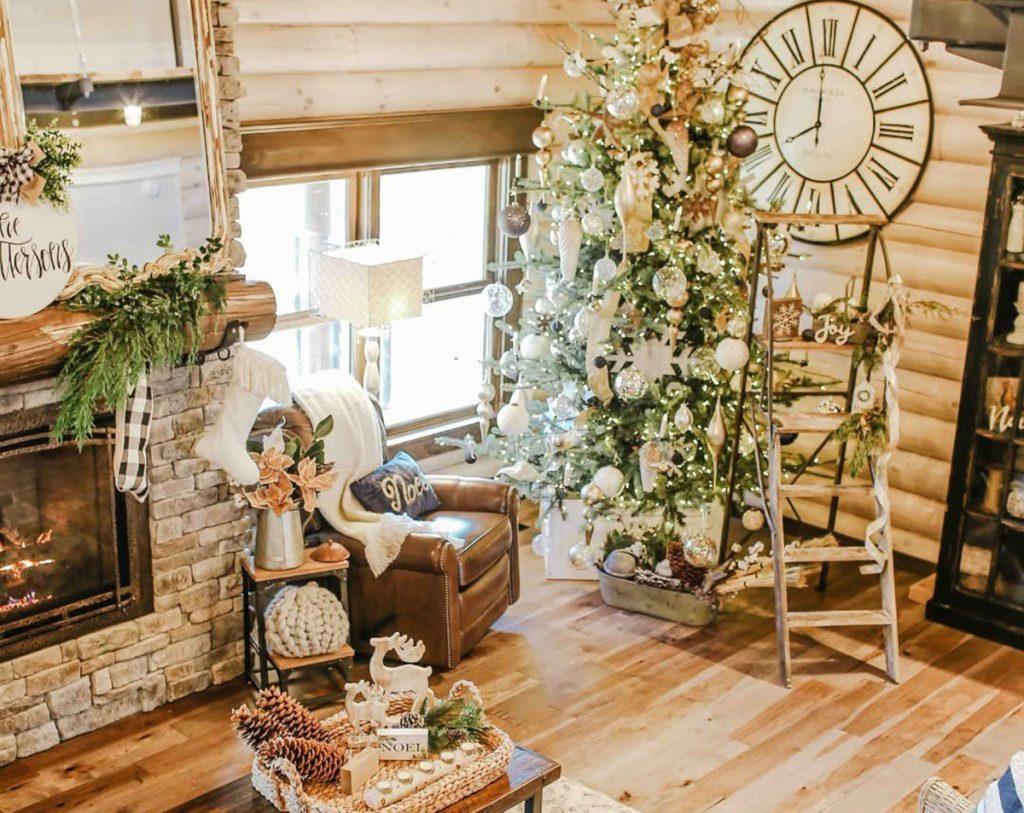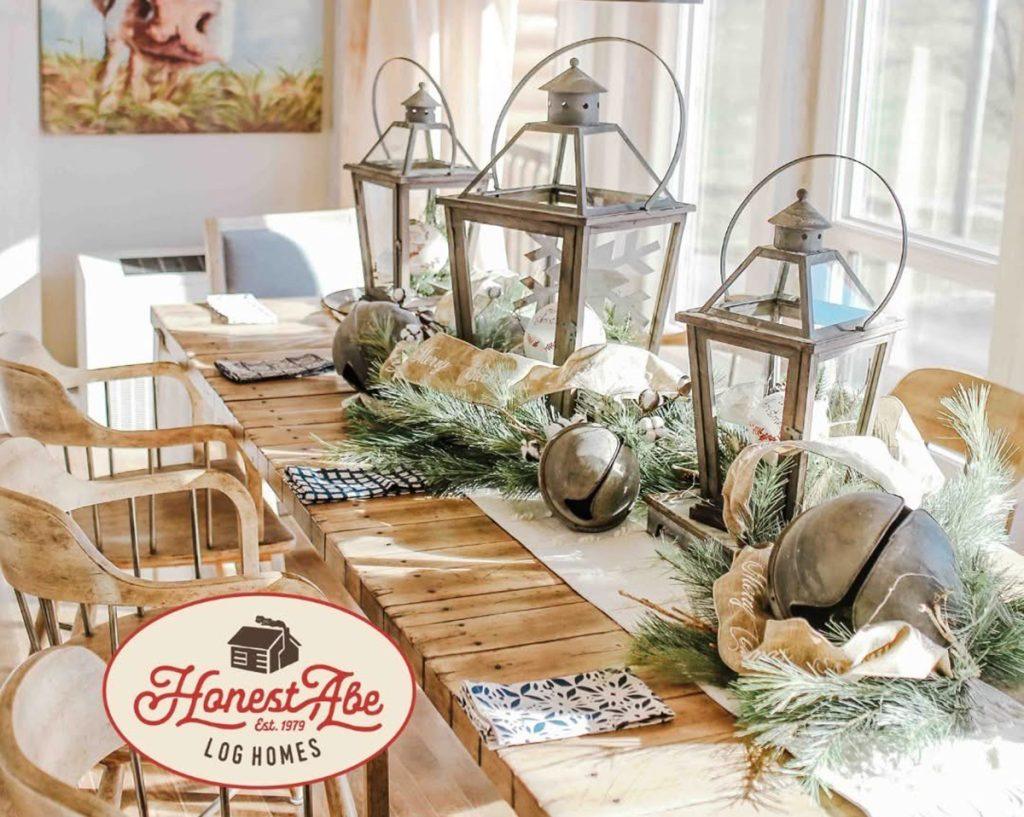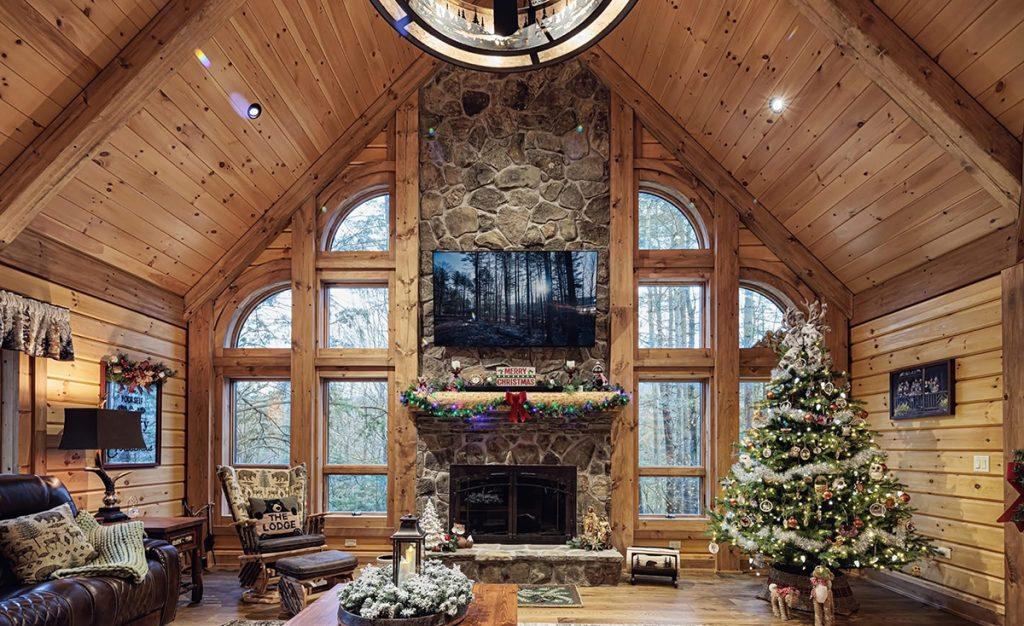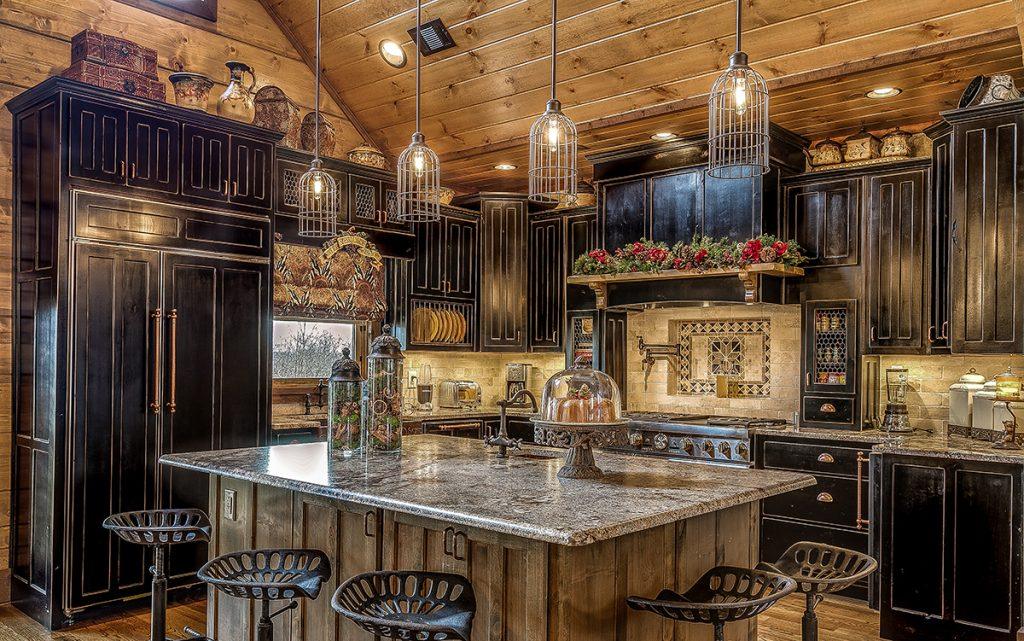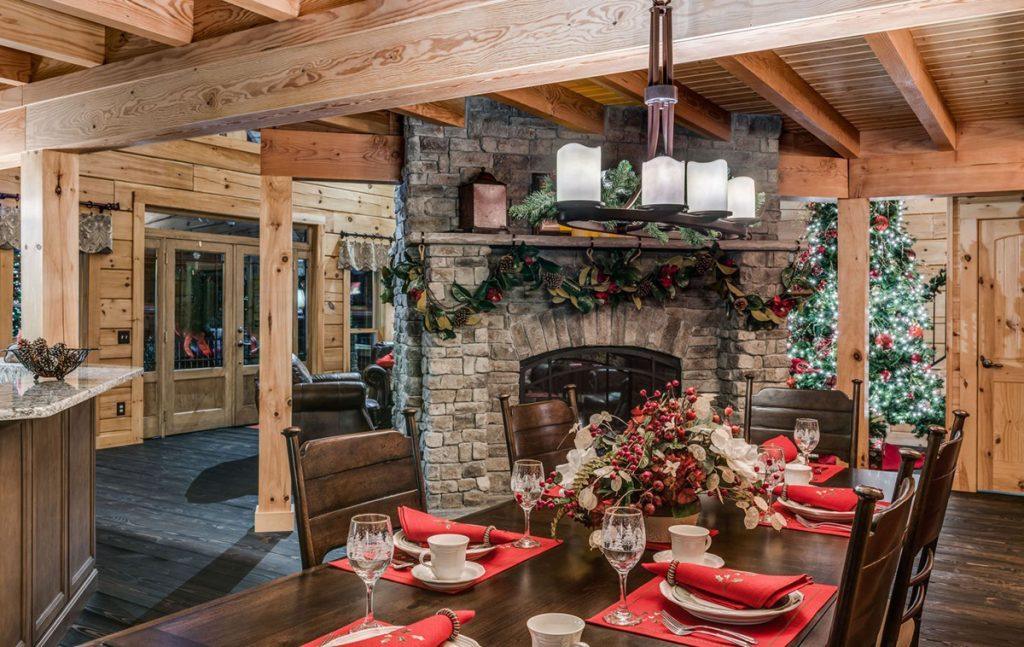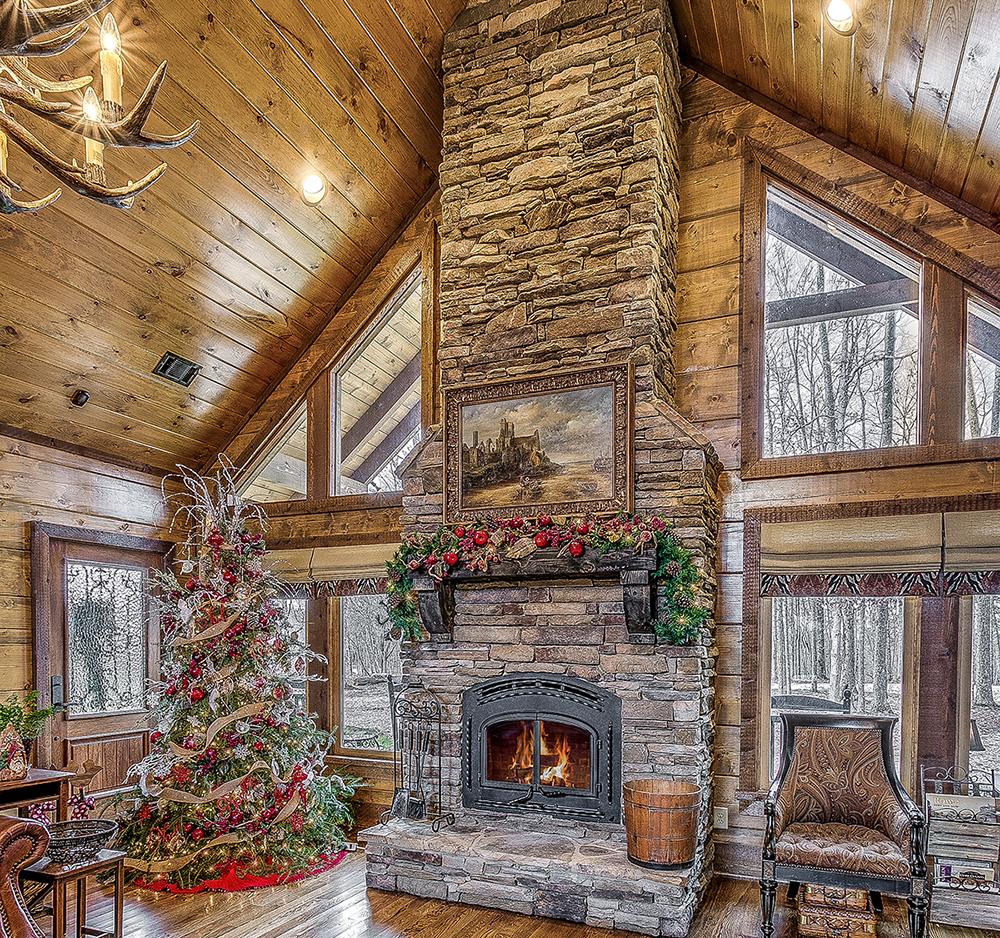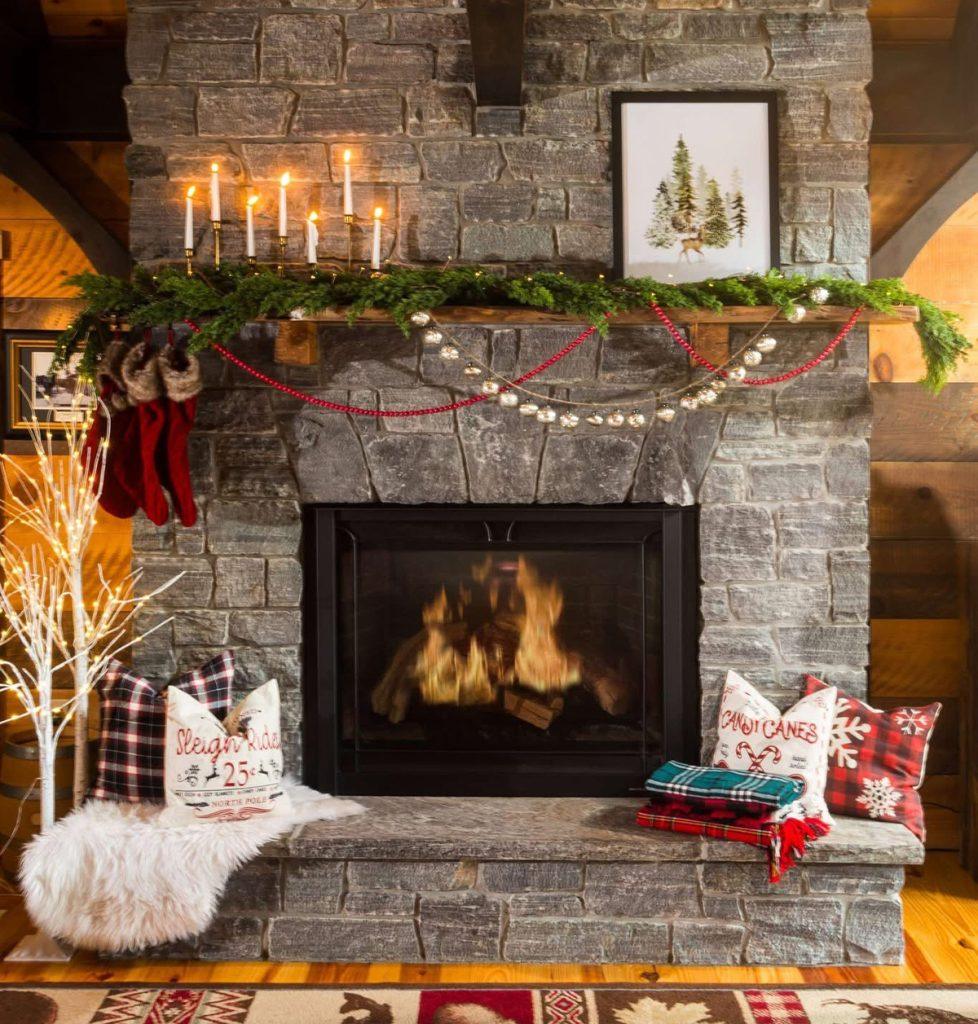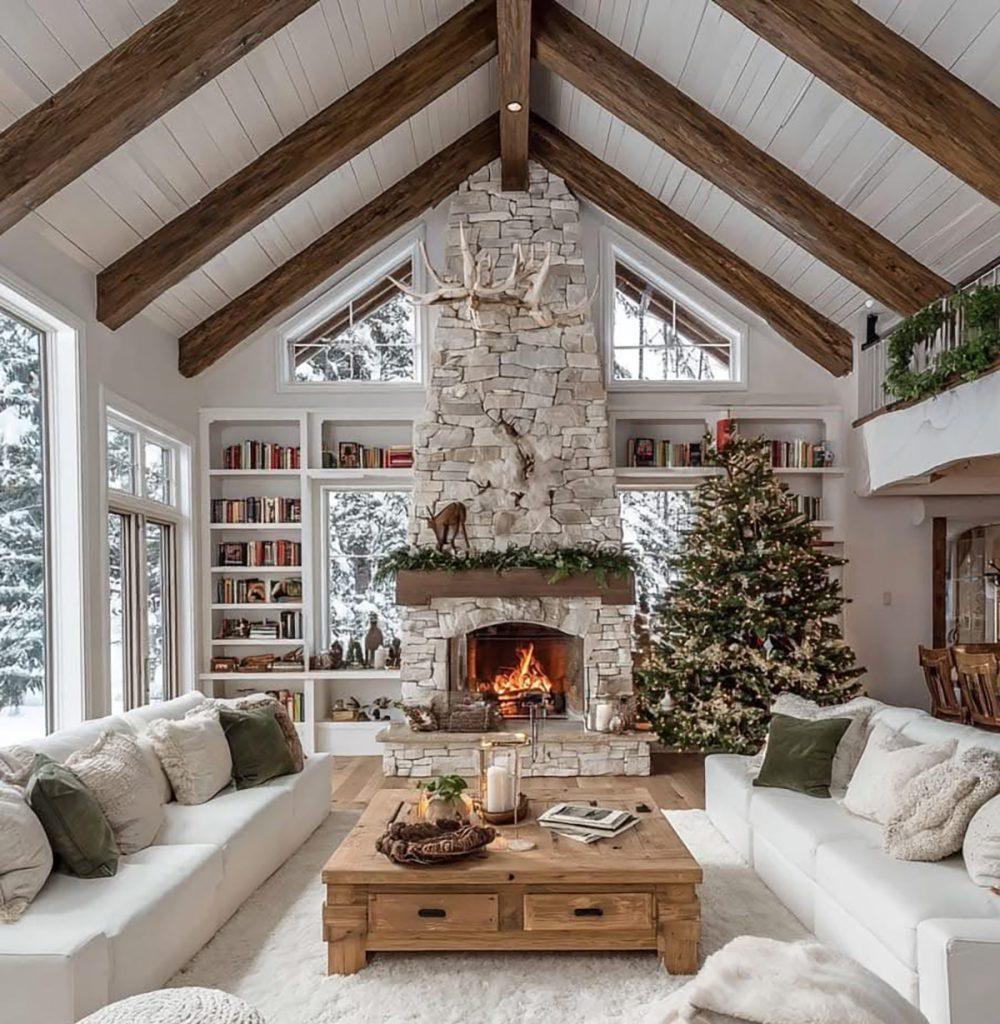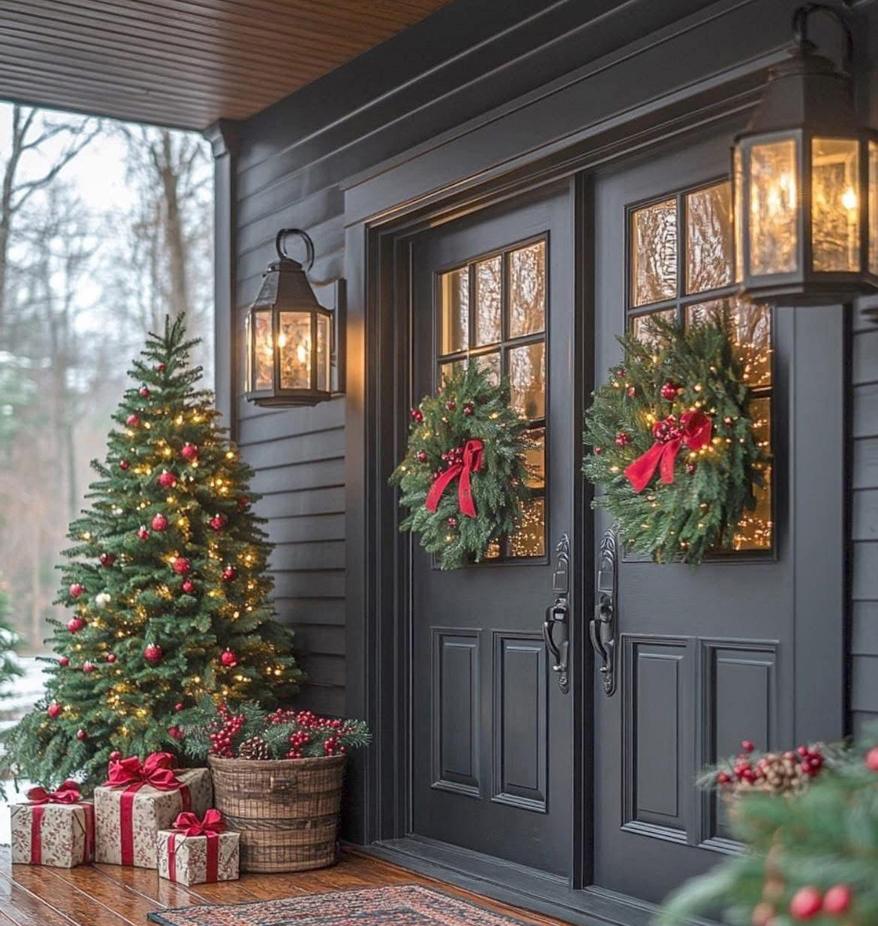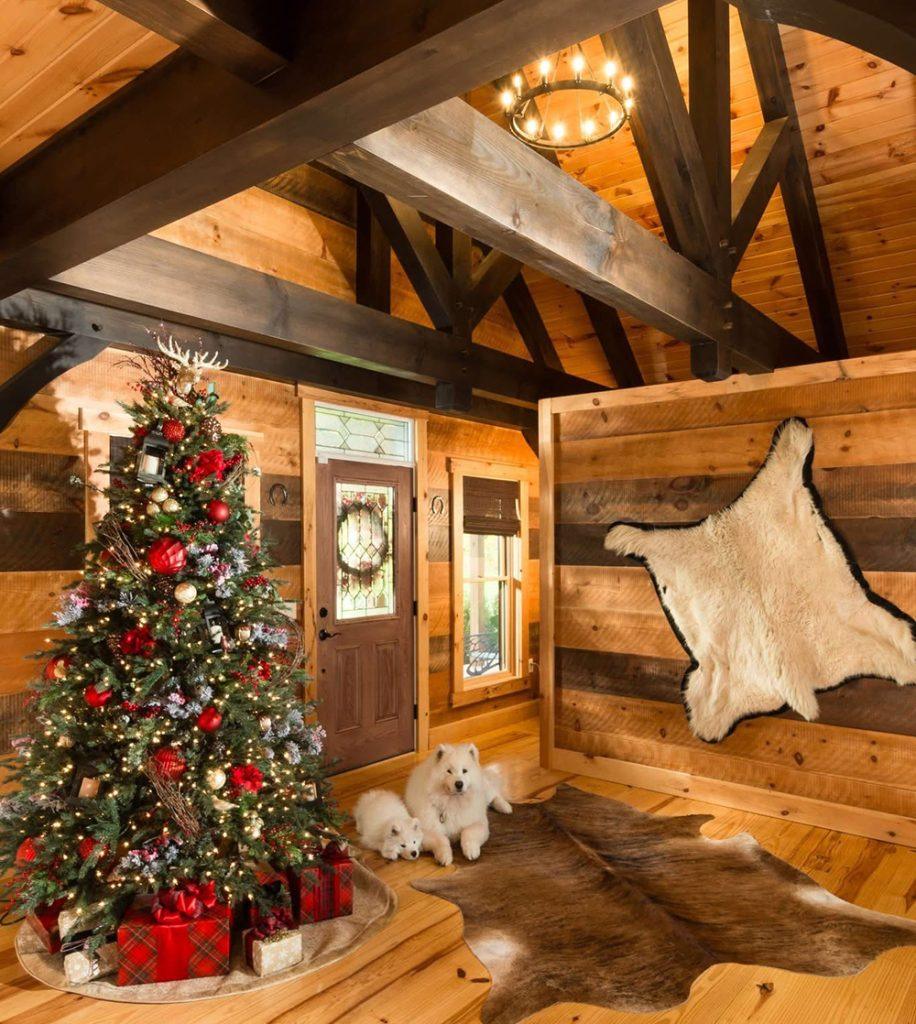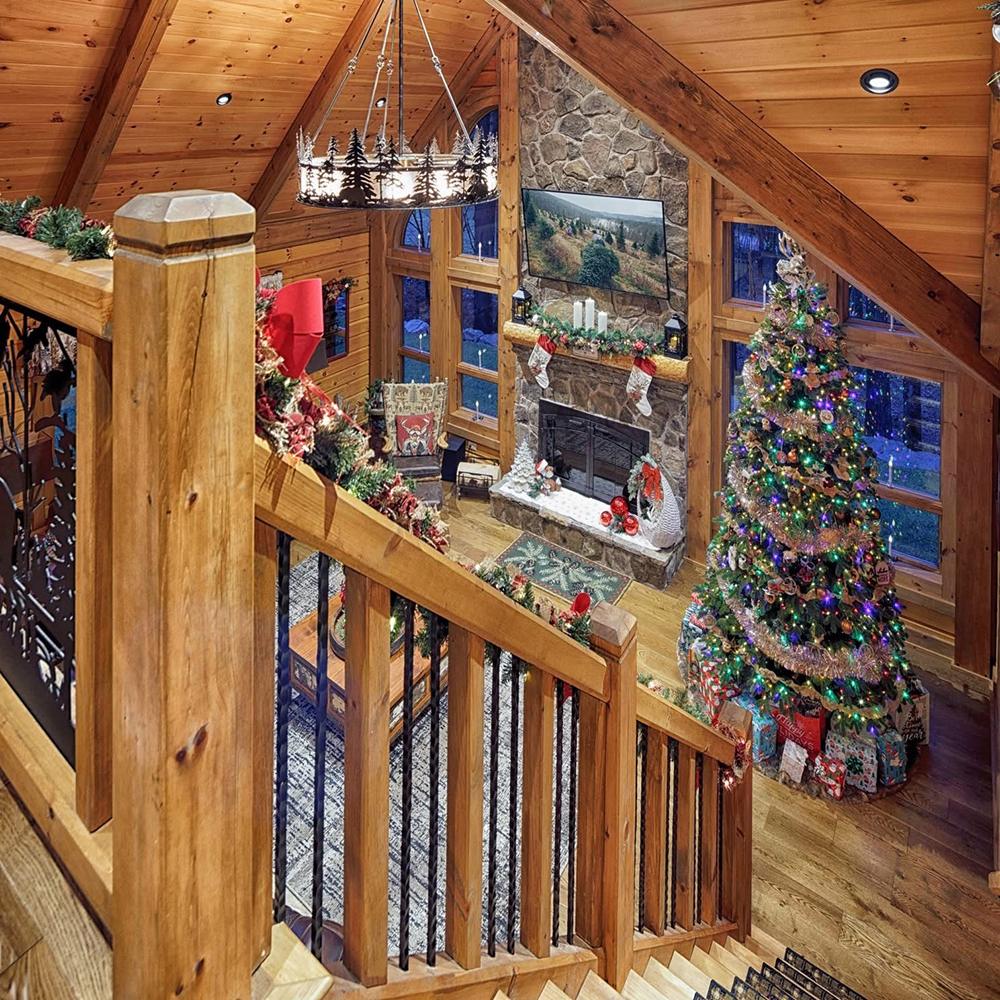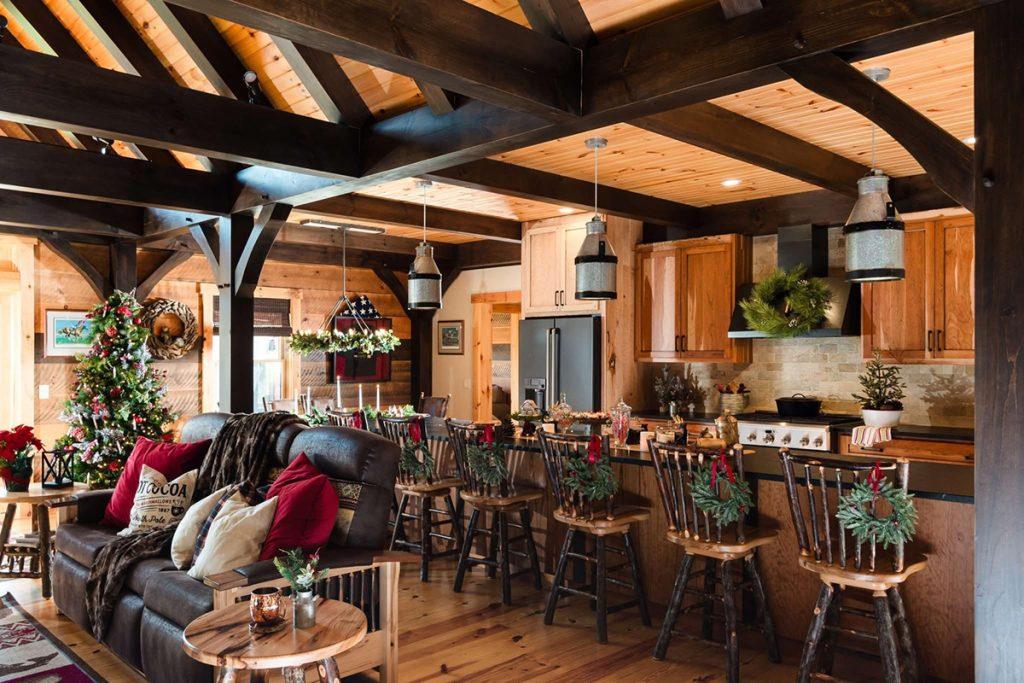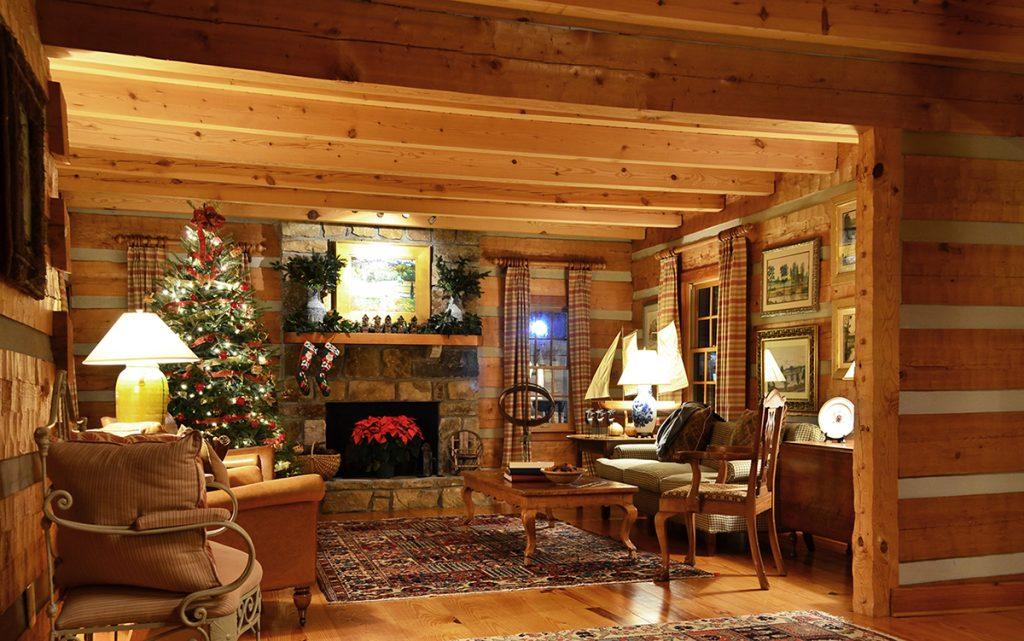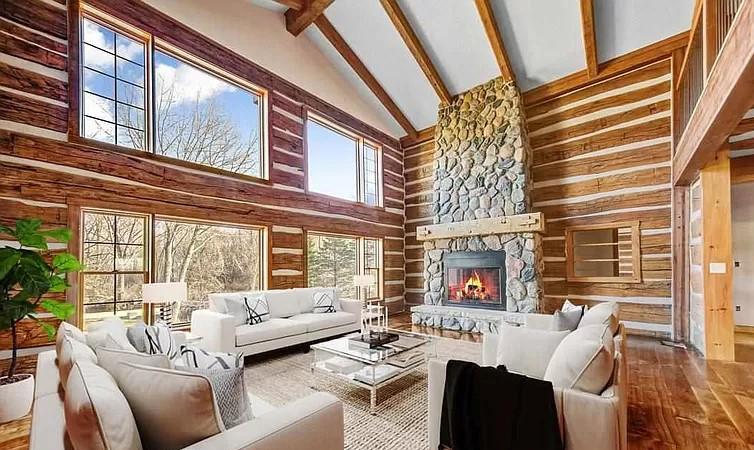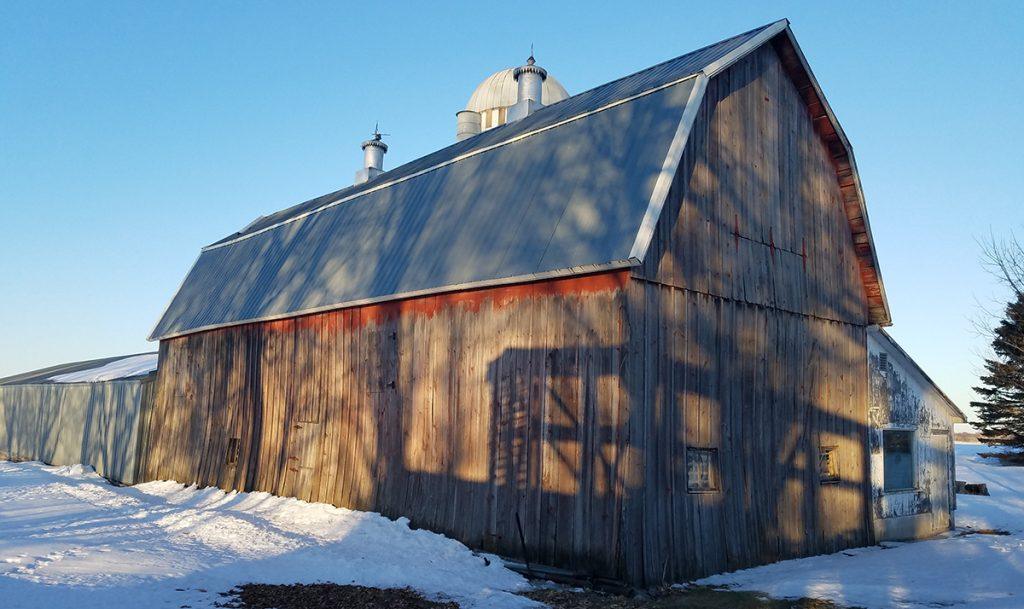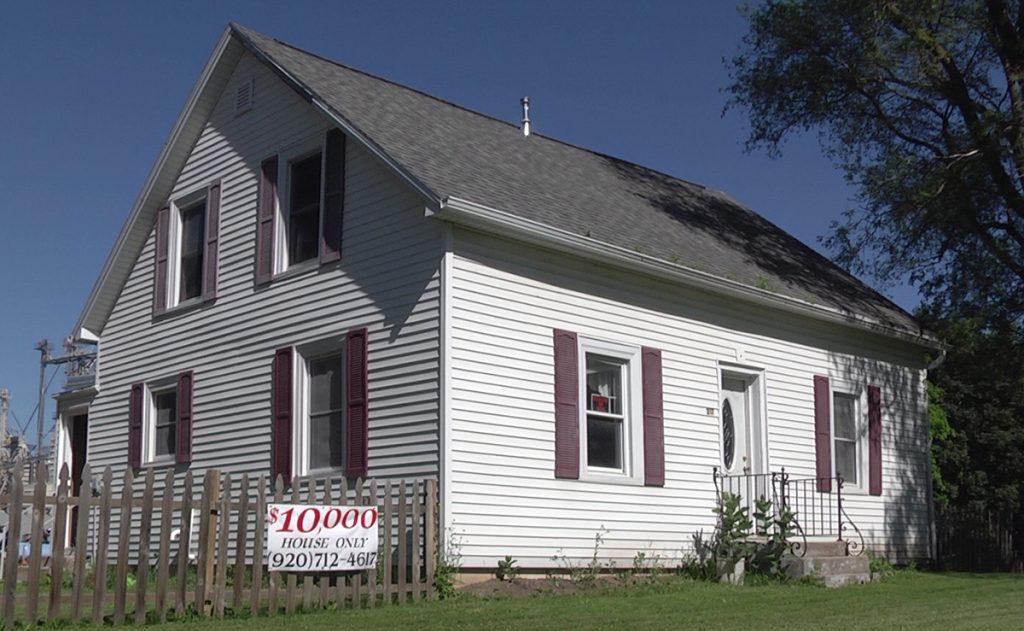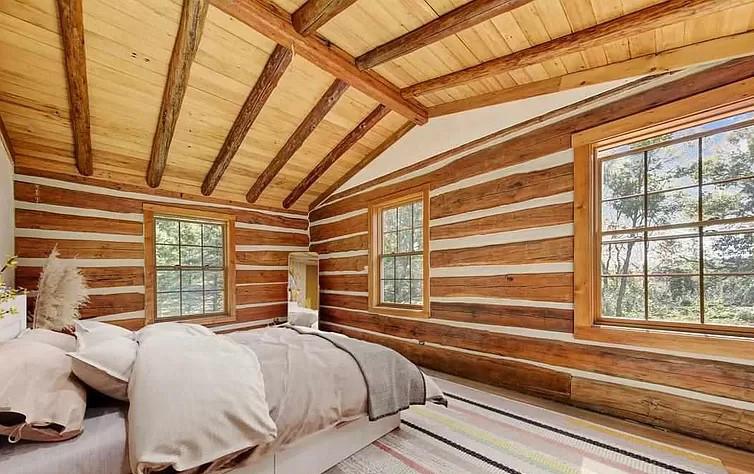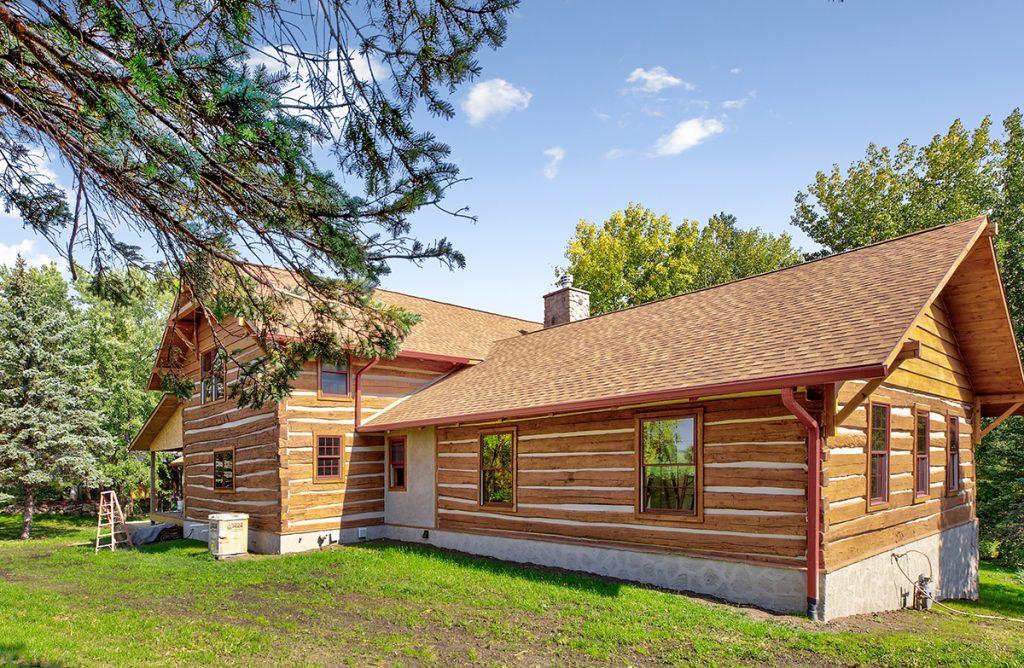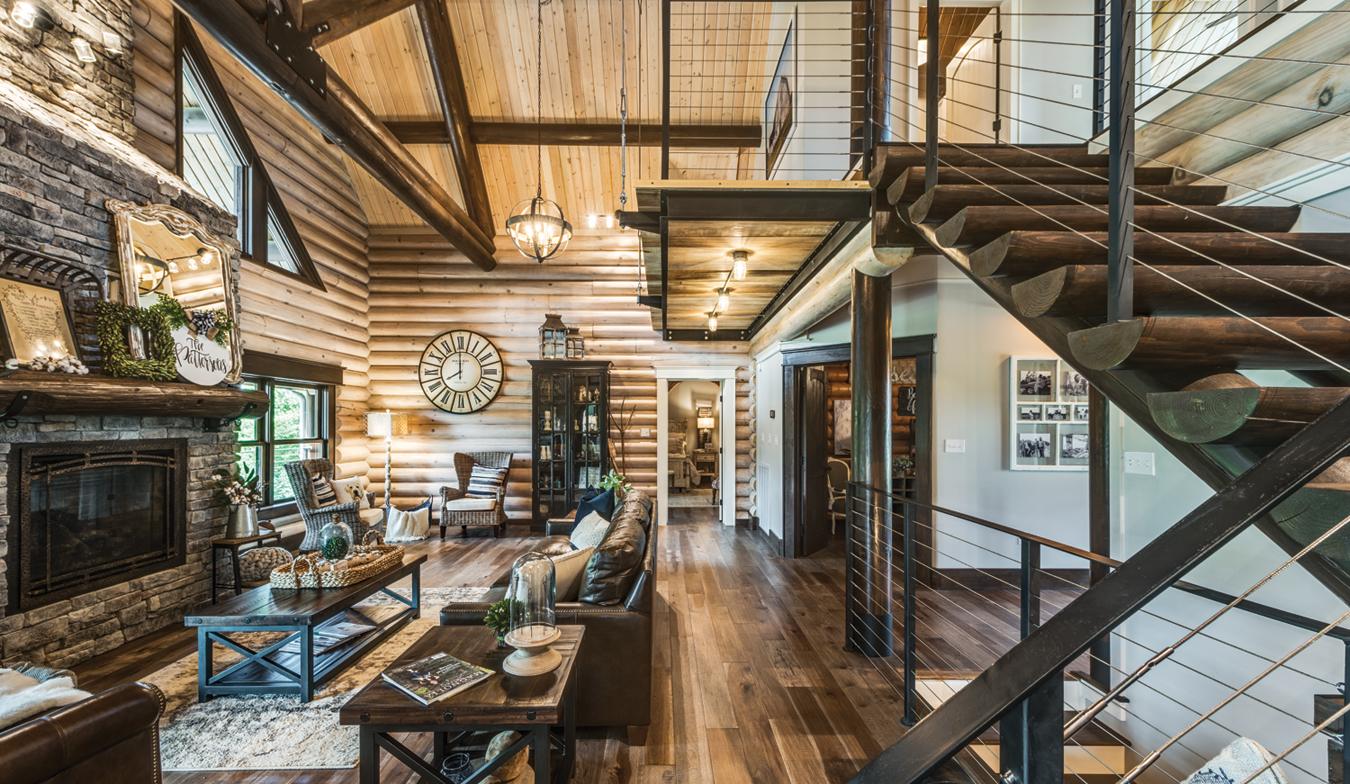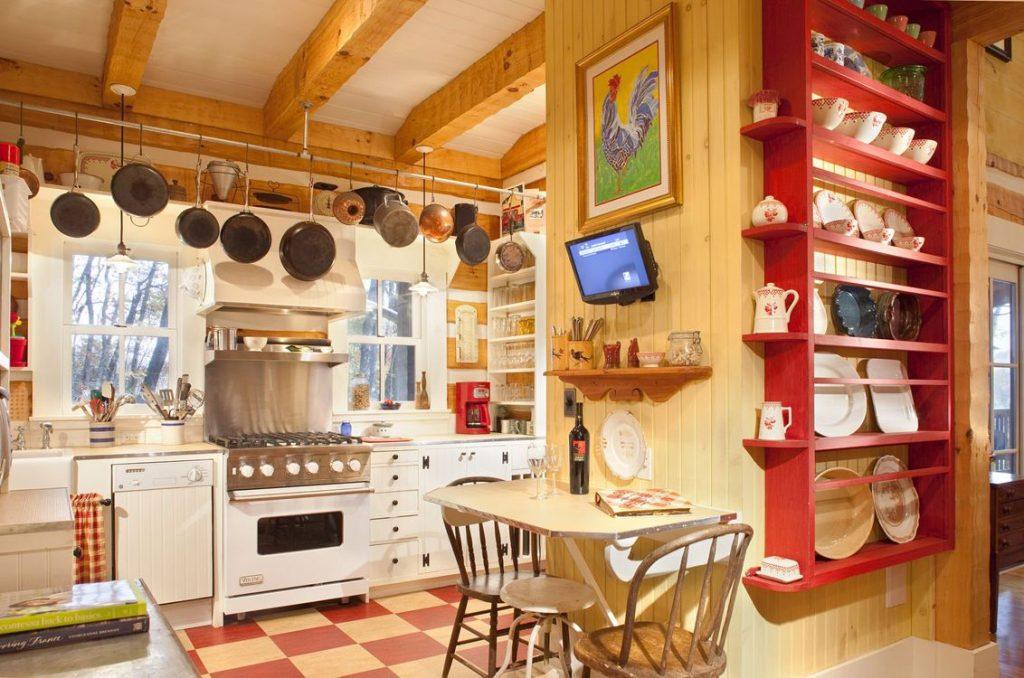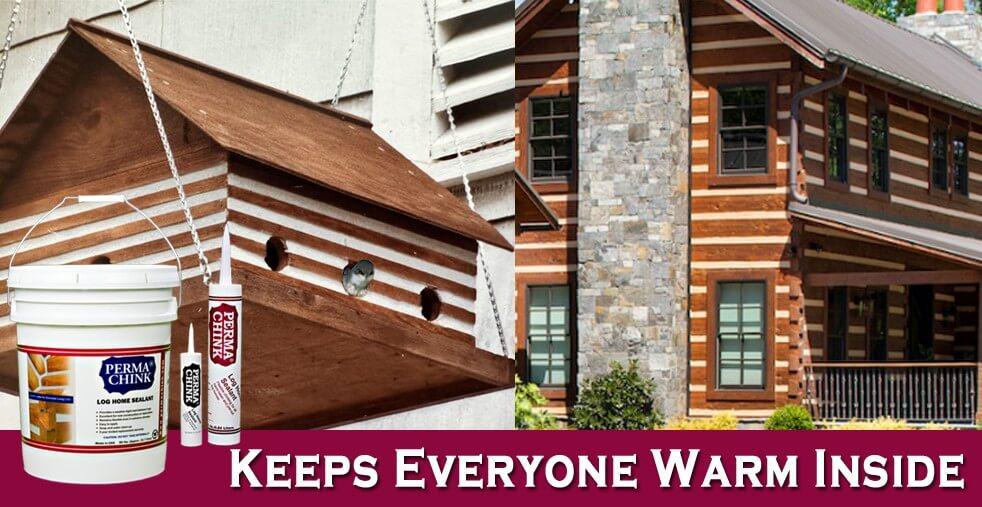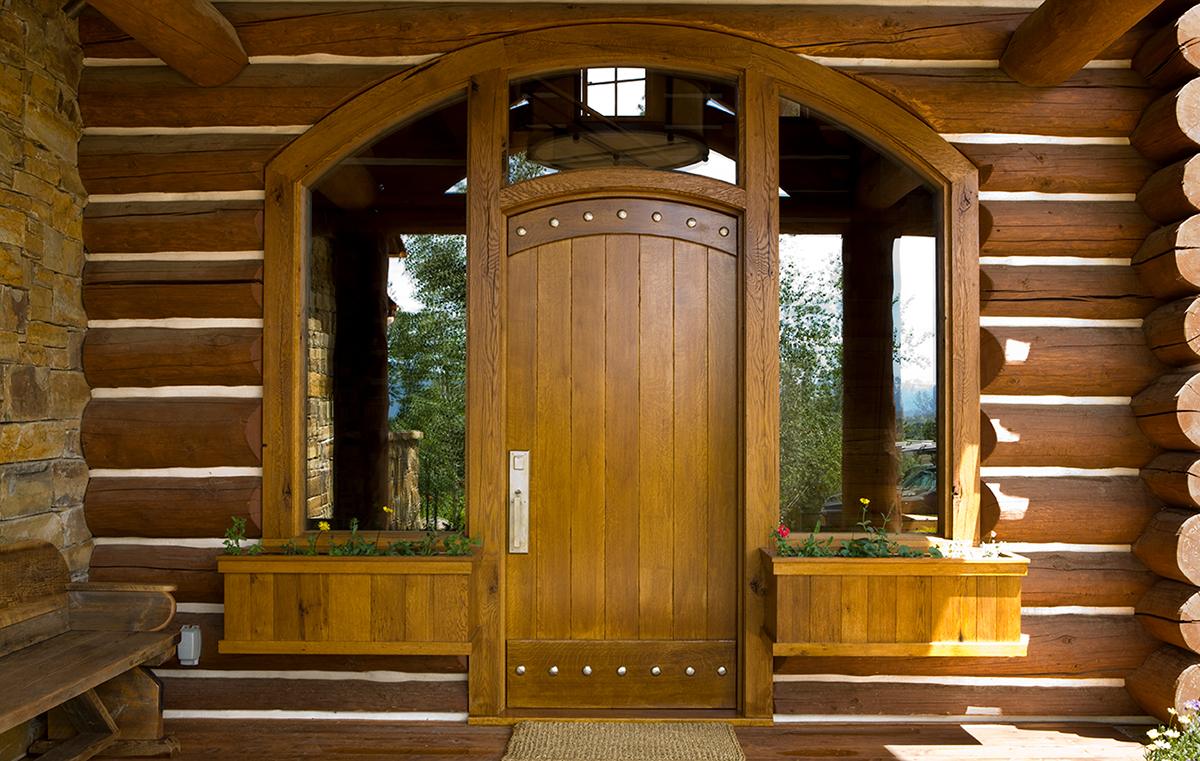Sunlight offers life to Earth, yet also be one of the most damaging objects in our world. While we relish the warmth from the sun and we love the summertime fun, the sun’s ultraviolet rays damage any surface that isn’t protected. For humans, we get protection from clothing and sunscreen. But for your log home, what does it get? What can be done to lessen weathering brought on by UV light?
Given enough time, the sun and environment will eventually wear down any exterior finish whether it is latex paint, oil-based stain, or a semi-transparent finish. The goal is to prolong the life of the wood as long as possible through a combination of home design and protective log finishes.
Protect Through Planning
Structurally, log home surfaces can be protected by having covered porches or extending eaves to shade log surfaces, but sometimes that is not possible with the home’s design or the owner’s preference. A home could also be shaded by tall trees, minimizing direct sun exposure.
The best non-structural protection from UV exposure is using Lifeline finishes and Advance topcoat. Working in concert, these two layers offer unrivaled protection, minimizing the damage UV light can do to untreated wood. Lifeline finishes can last decades if properly cared for as part of a whole-home defensive strategy against UV and environmental damage.
How Lifeline Finishes Protects Against Weathering
Lifeline Ultra-7 and Ultra-2 finishes block UV light through the color pigments, which means some finish colors are more effective than others at blocking UV light. Darker colors contain more colorants, thus contain more UV blocking power than lighter colors. Certain light colors which include titanium white contain a high colorant loading, making them very effective against UV light and reflective of the sun’s heat. This reduces stress on the logs brought on by temperature swings. This is why we recommend finishes with pigments, rather than just applying a clear coat to exterior logs. Lifeline Exterior and Accents can offer the same protection with the addition of UV Boost to the finish.
Advance topcoat, in gloss or satin, protects the finish by reflecting UV light and defending the surface from other environmental attacks. Gloss does have an advantage over satin, reflecting more than a satin sheen. However, Advance is most effective when it is clean, free from the abrading effects of wind or accumulation of pollen and dirt. That is why we recommend a yearly cleaning of the logs with Log Wash. Much like the clearcoat on a car, a topcoat does all the heavy lifting when it comes to fighting the environment.
Effect of Weathering on Squared Logs
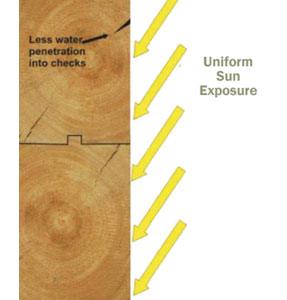
The construction method of the log home is also something to pay attention to when it comes to weathering. Flat surfaces get attacked by UV light evenly across the surface. Homes built with squared logs will have uniform exposure, so any weathering will appear evenly. Squared logs also do not accumulate as much dirt and debris as round logs, which can keep the finish cleaner.
Effect of Weathering on Round Logs
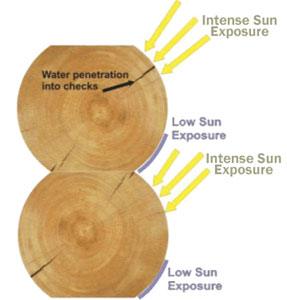
Round logs, the most traditional construction method of log homes, have high and low sun exposure sections, making any weathering first noticeable on the tops of the log. Snow and ice can accumulate on the top portion of the logs, introducing more moisture into the log and log checks. This will accelerate weathering on the tops of the logs if not maintained properly. Conversely, the lower portion of the log is out of direct sun exposure, maintaining its protection and longevity.
Effect of Weathering on Log Siding
Round log siding probably presents the greatest challenge to forestalling the effects of weathering. Typically used in high-exposure locations such as dormers and gable ends, log siding has some features which make it even more difficult to protect from the effects of the weather. Siding is often manufactured from lower quality wood than logs, frequently using green wood. This makes it more susceptible to twisting, warping and cracking.
Log siding is greatly affected by temperature swings, since it does not have the high thermal mass of full logs. Think of it like heating a pot of water and a cup of water – which one will boil faster? That same concept, applied to logs, introduces more mechanical stress (growing, shrinking, twisting) during the course of the day. This movement can introduce small fissures in the wood, ultimately allowing rainwater to get behind the finish and cause damage to the wood and finish.
What Can A Homeowner Do To Prevent Weathering?
A homeowner can fight weathering through protecting logs from harmful UV light using structural or environmental shading, and choosing a finish designed to protect the wood. We have compiled best practice recommendations for keeping your home looking great for generations. All homes will have different levels of UV exposure, and location matters a great deal in the effort required to combat UV damage.
Here are the following best practices to combat weathering:
In short, all our wood stains and finishes perform phenomenally – providing excellent UV protection, allowing wood to breathe as the home acclimates seasonally, and ensuring maximum color retention.
For over 40 years Perma-Chink Systems has been protecting log homes and protecting them right. Our focus is on preserving log and timber homes for future generations. We want log home owners to focus on making memories in their home, not spending all their time maintaining the home.
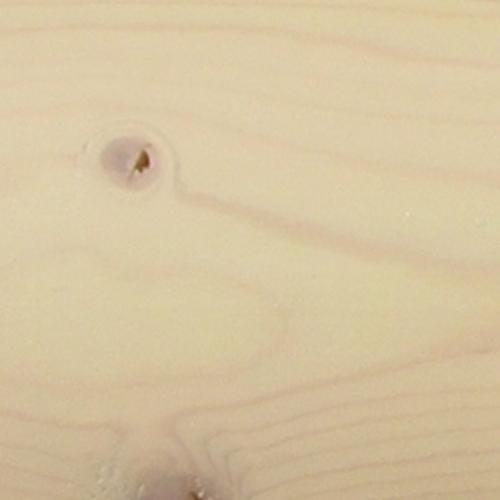

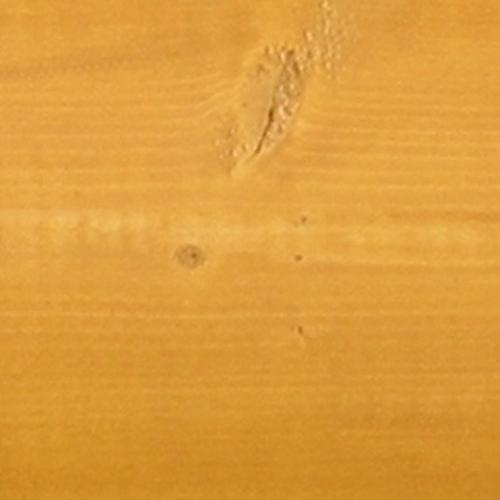

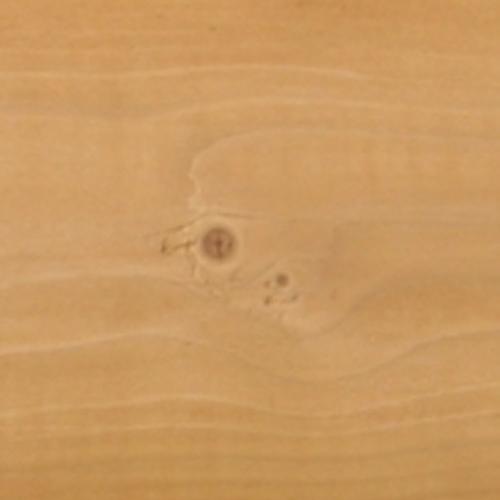
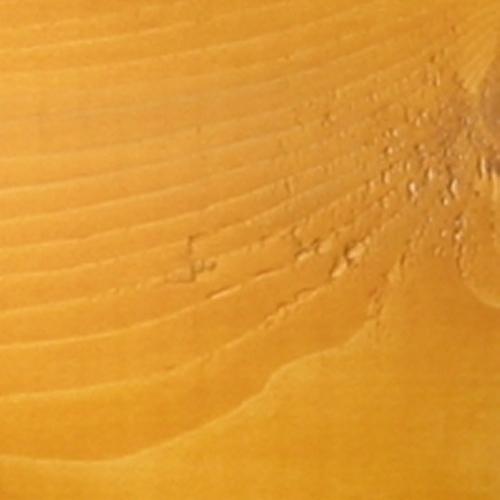
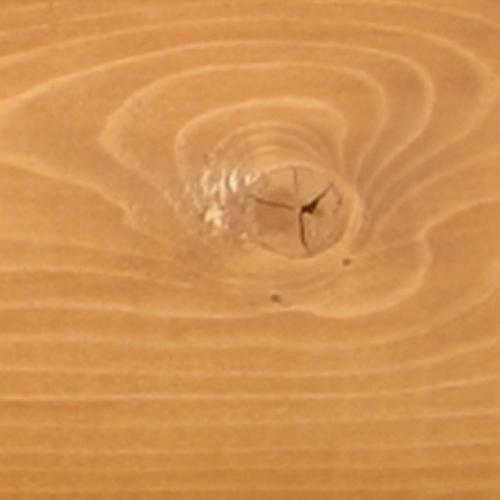
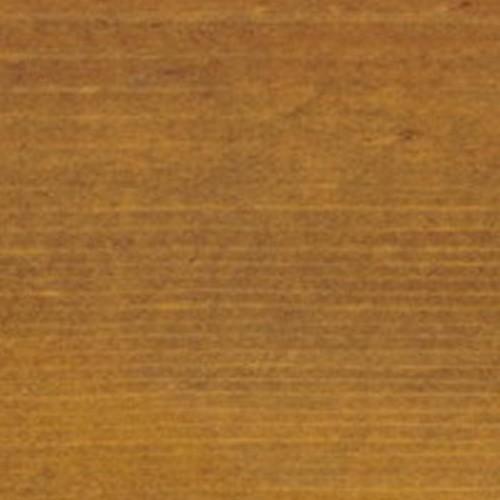

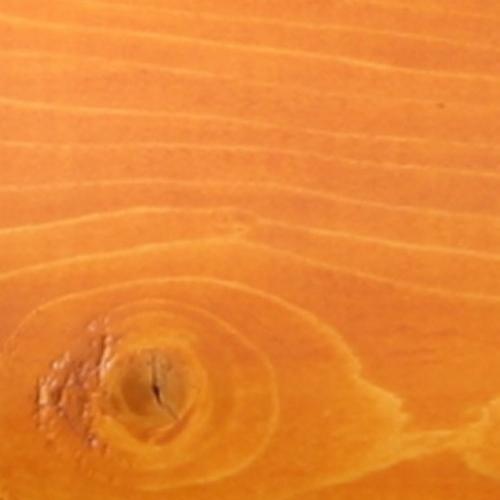
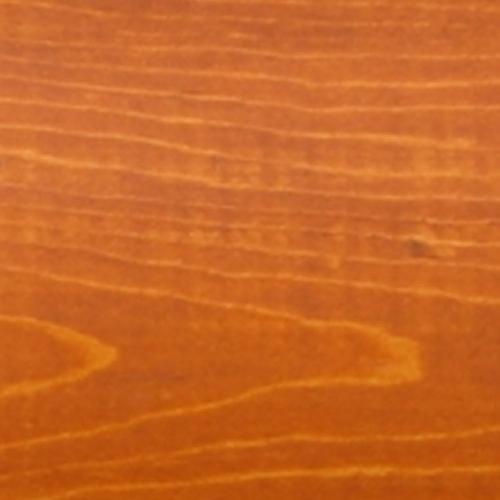
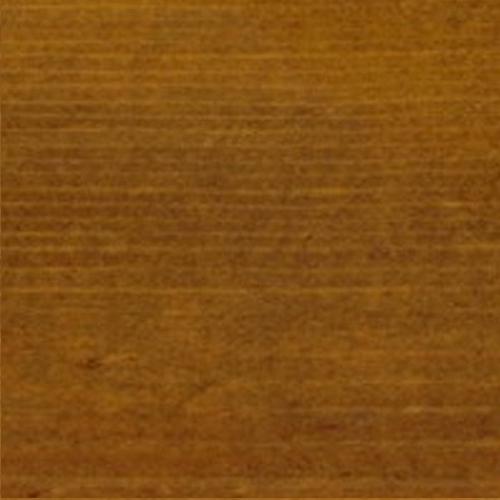
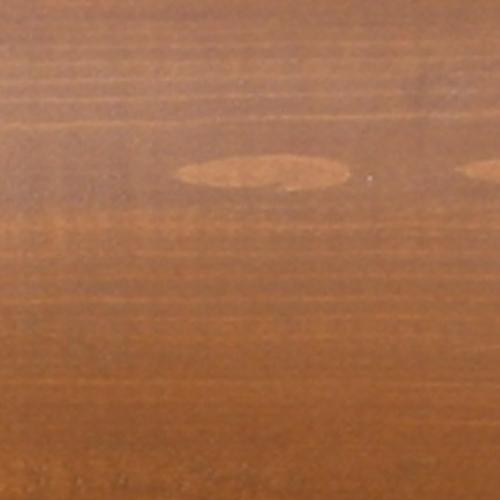
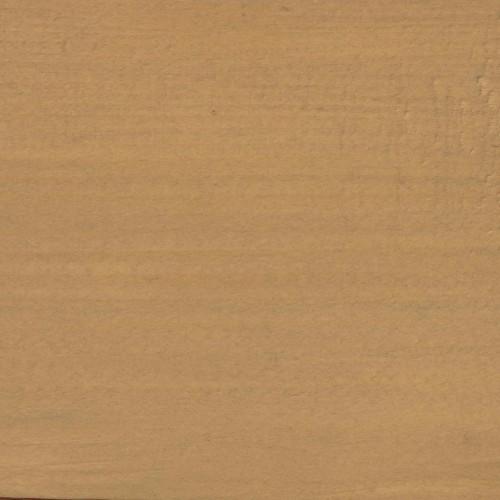
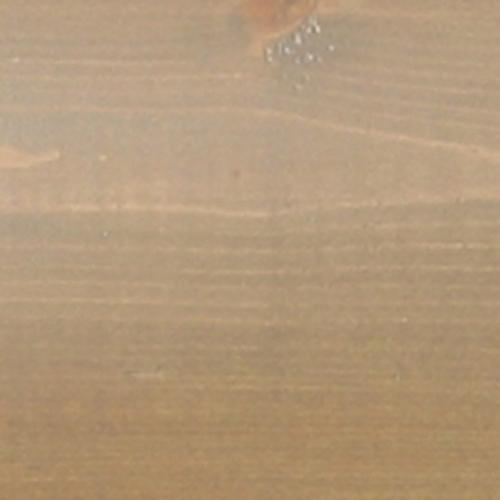
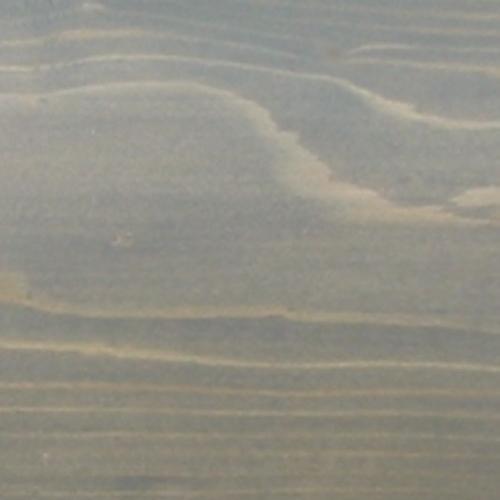
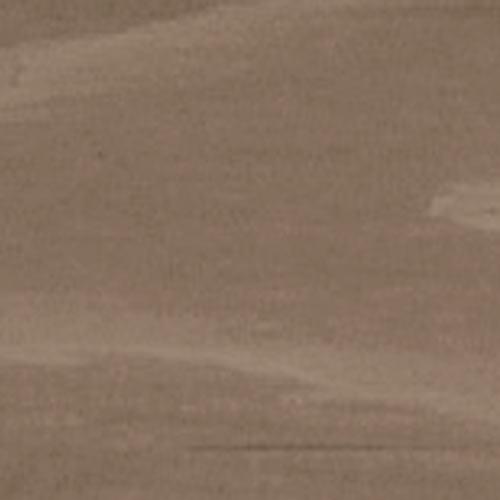

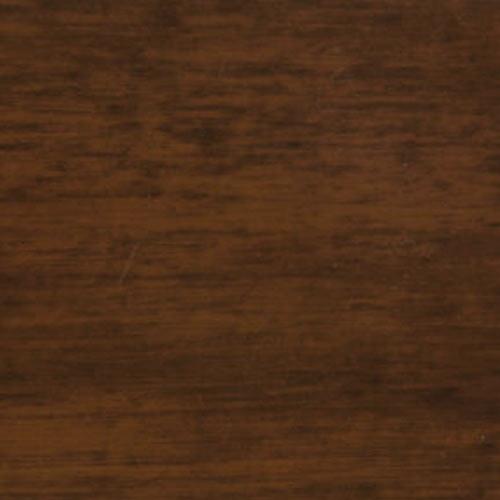
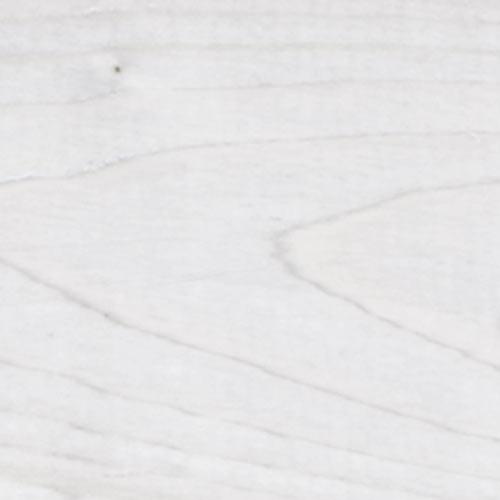
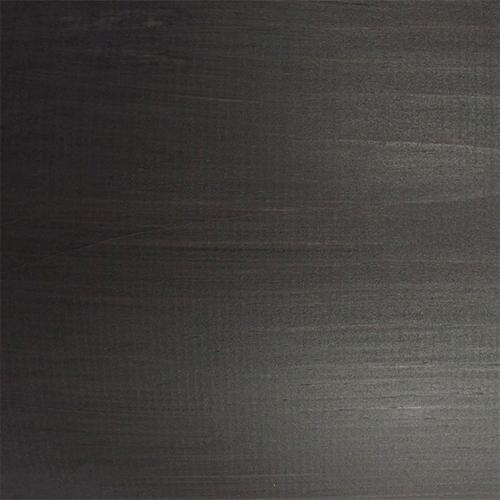
Recommendations
- There are two basic ways to combat the effects of weathering. By far the most effective method is to keep wood surfaces in the shade as much as possible by extending roof overhangs or constructing roofed porches around the home.
- Keep all vegetation at least 24 inches away from wood surfaces to allow for adequate ventilation and drying out of these surfaces.
- Clean the wood surfaces to remove all foreign materials from the wood prior to the application of an exterior finish system. The overall performance of even the best finish system is dependent upon proper surface preparation and application technique.
- Select and apply a highly durable exterior semi-transparent stain, like Lifeline™ Ultra-7 or Ultra-2 to protect the wood and enjoy the beauty of the wood grain. Select Lifeline™ Accents to highlight wood timbers and trim if more opacity is desired.
- Apply an exterior clear topcoat, like Lifeline™ Advance Gloss or Satin, to protect the color coat and add additional UV and mold and mildew protection. Consider the Gloss for additional reflection of UV light.
- Fill all upward facing checks, cracks in wood, with a specialized acrylic sealant, like Check Mate 2™
- Clean the finish systems at least once a year with Log Wash™, a liquid concentrate for bare wood and maintenance cleaning, to remove all foreign debris for the surface of the finish system and extend its longevity.
- Perform an annual inspection of the coating system as a proactive maintenance approach.
- Darkening of the wood or finish when water is applied, is an indication of water getting through the coating and wetting the wood
- Checks or micro-fissures in the wood, especially upward-facing
- Cracks in the finish
- Color fading
- Pay close attention to the south- and west-facing surfaces

